Uh oh, that curry was a lot hotter than you expected! Now your mouth is on fire and you need something – anything – to tame the flames. But what should you eat after consuming spicy food to get relief?
Luckily, there are several tasty foods and drinks that can help extinguish the burn when your meal gets too hot to handle. Dairy products, breads, sugars, and anti-inflammatory foods are go-to choices to help calm the
In this article, we’ll explore 11 of the best things to consume after eating fiery dishes to soothe your mouth and stomach. We’ll also look at how ingredients like milk, citrus fruits, and peanut butter work to neutralize the heat scientifically.
Arm yourself with this spicy food recovery guide so you can enjoy those super-hots while avoiding post-meal misery!
Why Spicy Food Causes a Burning Sensation
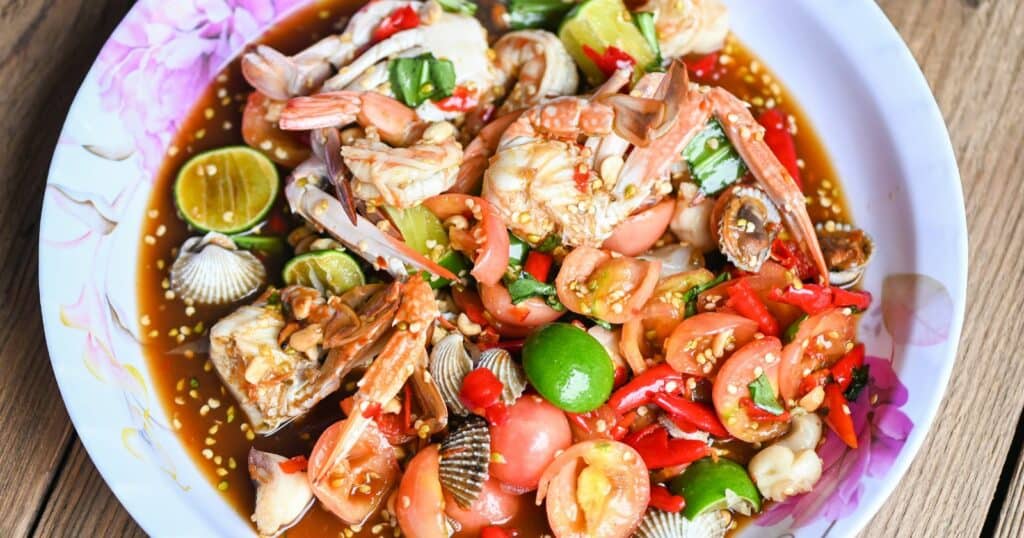
Before diving into relief remedies, let’s look at why that spicy meal set your mouth ablaze in the first place.
The key culprit is capsaicin – the compound that gives chili peppers their trademark kick and heat. When you eat capsaicin-containing foods, it binds to pain receptors on your tongue called TRPV1 receptors.
This triggers the receptors to send signals to your brain that your mouth is burning, even though there is no real heat damage occurring. The result is a temporary fiery sensation that can leave you desperately seeking something – anything – to put out the flames.
While the burning feeling is uncomfortable, there are several tricks you can use to find fast relief. Keep reading to learn helpful ways to extinguish the fire and recover after eating dishes loaded with spices or hot peppers.
1. Drink Milk
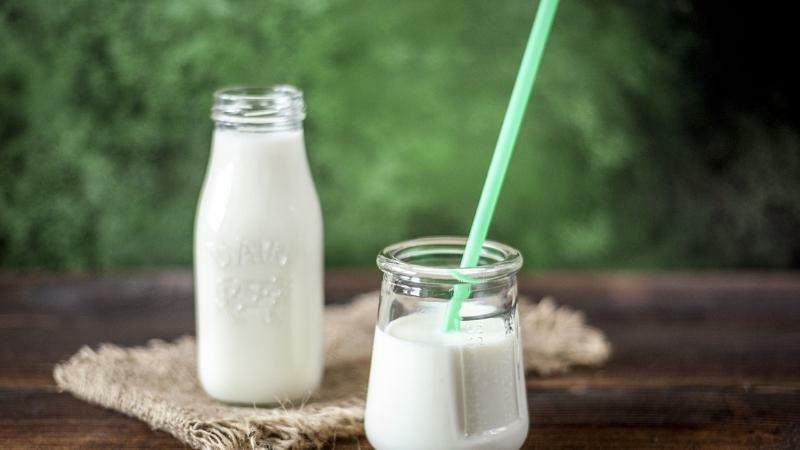
When it comes to soothing a mouth scalded by spicy food, milk is magic. The casein protein found in milk products can actively break down capsaicin compounds.
Whole cow’s milk packs the most casein punch, binding to the capsaicin molecules and washing them away from your tastebuds. Drink a nice cold glass of milk to banish that spicy burn.
Plant-based milks won’t have the same effect since they lack casein. For best results, go for dairy-based milk, yogurt, ice cream, and other milk products to put out the fire efficiently. The fat in these dairy foods also helps dissolve the capsaicin.
2. Chow Down on Bread
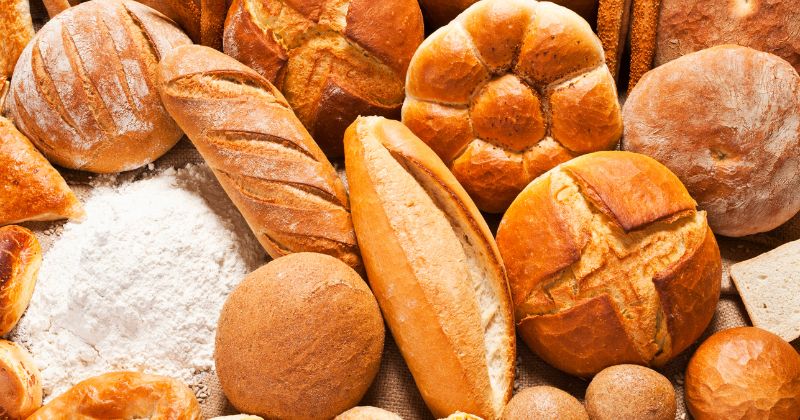
Bust out the buns when
Chewy bread gives your mouth something to work on too, distracting it from the burning sensation. Toasted bread provides an even better textural distraction. Spread butter or oil on your bread for extra soothing power against the heat.
3. Sip Sugary Drinks

Sugary sodas, juices, and other sweet drinks may help take the edge off of spicy capsaicin burn. The sugars essentially overwhelm your tastebuds, making it harder for them to detect the fiery compounds.
Sugars also bind readily to your mouth’s surfaces, quickly coating areas irritated by capsaicins before they can do more damage.
Just note that sugary drinks with high water content may initially spread the burn around before the sugars kick in, so go easy at first.
4. Eat Acidic Fruits

Fructose and citric acid are bountiful in fruits like oranges, pineapples, and lemons. Their acidic juices counteract the alkalinity of capsaicins to help neutralize the burn when it becomes too much.
Some fruits even contain chemical compounds called flavonoids that may inhibit capsaicin’s ability to bind to receptors that detect heat and pain.
So next time your curry gets out of control, squeeze some lemon juice on top or bite into a juicy pineapple chunk to equalize the heat.
5. Savor a Sweet Dairy Dessert

For many
The combination of sugar, fat, cold temperature, and dairy components like casein and calcium work together to overpower irritation and wash away the compounds. The texture also provides a pleasurable distraction.
Indulge in a frosty dessert to nix the fire when your meal overwhelms your heat tolerance limits. Your tastebuds will thank you!
6. Munch on Peanut Butter
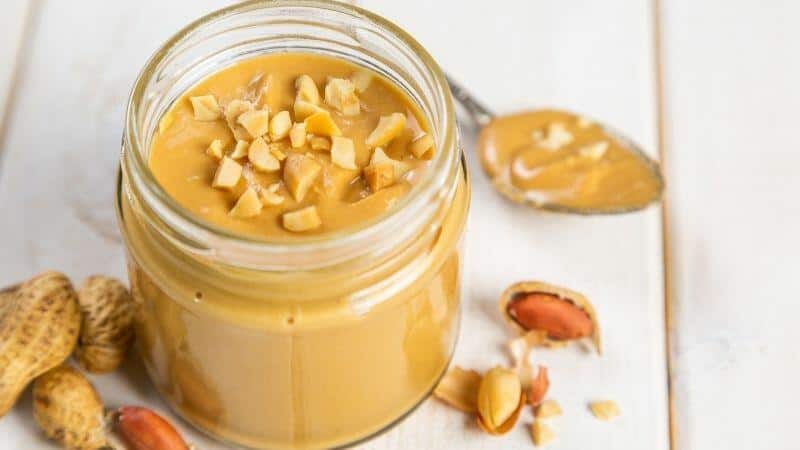
Nut butter – especially peanut butter – serves as an edible fire extinguisher against pesky capsaicin flare-ups. Like dairy, nut butters contain fat and oil molecules that encapsulate capsaicins to inhibit their burn.
Spread some on bread or eat by the spoonful to smother spicy heat and regain comfort fast. Other nut and seed butters like almond and sunflower can also help extinguish the blaze through their high fat content.
7. Stay Hydrated with Water

While water won’t instantly bind to capsaicins like milk and bread, it still helps relief by keeping your mouth cleansed and hydrated. Sipping cold water prevents buildup of compounds on your tastebuds.
Water also dilutes the concentration of capsaicins and washes them down your throat more quickly so they stop contacting receptors. Just don’t guzzle it too fast or you may spread the burn.
Some find yogurt drinks, coconut water, and herbal teas more soothing than plain water for hydration after fiery foods.
Avoid Gulping Lots of Water
While staying hydrated is important after eating fiery foods, proceed with caution when it comes to drinking lots of water. Large amounts of water can spread capsaicin oils around your mouth, initially making the burning sensation worse.
The movement of water washes more capsaicins over your tastebuds before you swallow, amplifying the burn. Sipping small amounts is fine, but resist the urge to chug glass after glass hoping to douse the flames.
Instead, rely on other liquid options like milk, juice, alcohol, and broths. Or stick to foods that absorb or encapsulate capsaicins like nut butters, dairy, and bread.
Water is beneficial for flushing out your system but isn’t the most helpful for direct oral relief. Go for beverages containing proteins, sugars, and fats to extinguish mouth burn more effectively and quickly.
8. Turn to Starchy Side Dishes
Don’t forget the value of good ole’ boring carbs and starches after getting scorched. Potatoes, rice, pasta, and crackers can all diminish spicy heat through their powers of absorption.
Starchy sides bind to capsaicins so they can’t overwhelm receptors, plus they give you something mild to focus on tasting. Bread gets a lot of credit, but don’t overlook other starch-centric dishes. They help, too!
9. Choose Chocolate for Dessert
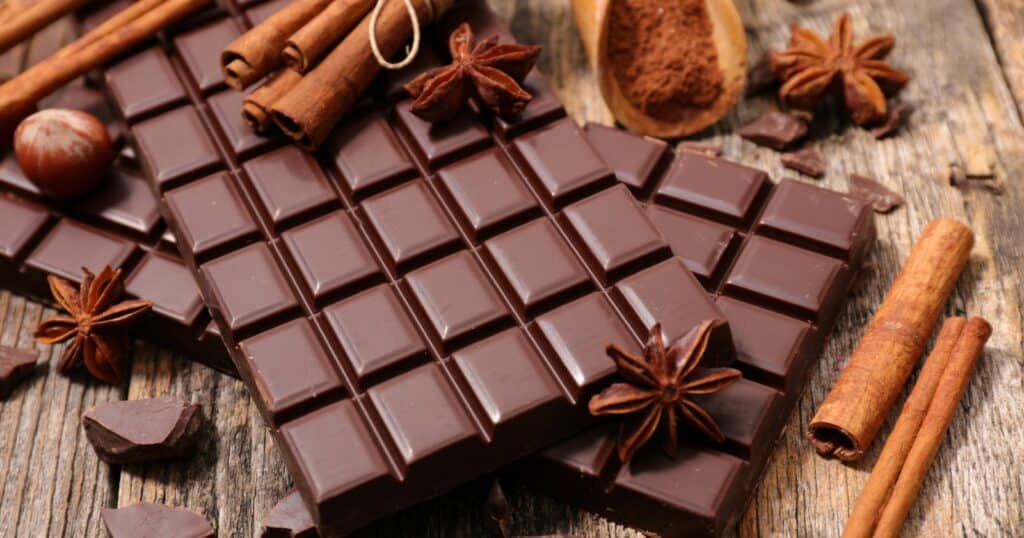
Satisfy your sweet tooth while slaying spicy heat with chocolate and cocoa foods. Chocolate’s richness, creaminess, cocoa fats, milk ingredients, sugar content, and pleasant taste make it an ideal way to follow an extra hot dish.
Dark chocolate works well too since its cocoa fats and compounds give it anti-inflammatory properties to soothe irritation. Let a square melt in your mouth to smooth over ruffled tastebuds.
10. Sip Alcohol in Moderation
A cold beer may be the first thing you crave after one too many atomic buffalo wings. Alcohol like beer, wine, and cocktails can provide relief due to their ethanol content.
As a solvent, ethanol helps dissolve capsaicins, effectively extracting them from receptors. Hard liquor works best. But beware – alcohol also increases blood flow, which can make your mouth feel hotter initially. Drink in moderation.
11. Ease Indigestion with Ginger
While ginger won’t tackle oral burning, its anti-inflammatory properties can alleviate heartburn, acid reflux, cramps, and other digestion issues that frequently occur after spicy meals.
Ginger soothes the stomach lining and esophagus to reduce irritation triggered by capsaicins traveling through your gastrointestinal tract. Drink ginger tea or eat slices to ease tummy troubles.
Opt for Low-Calorie Relief
If you’re watching your calorie intake, you can still find soothing foods that won’t break the bank. Here are some lower-cal options:
- Greek yogurt – Includes cooling casein protein. Choose unsweetened plain.
- Cucumbers – Provide watery crunch to hydrate mouth.
- Melons – Juicy fruits with hydrating properties.
- Mint or herbal tea – Sipping can distract and calm tastebuds.
- Frozen grapes – Ice-cold hydration and sweetness.
- Celery sticks – Crunchy hydrator with mild flavor.
- Popsicles – Soothe mouth burn with cold sweetness. Pick fruit-based varieties.
- Bone broth – Sipping warm broth washes away irritants.
- Apple cider vinegar – Helps neutralize alkaline capsaicins. Dilute before drinking.
The key is sticking to foods and drinks that offer hydration, a mild taste profile, cooling temperature, or capsaicin-binding fat or protein. With creative choices, you can find satisfying
Strategically Pair Spicy Ingredients
One way to prevent or reduce oral burn is to strategically pair hot spices and peppers with other ingredients when cooking.
Fatty, starchy, acidic, or creamy ingredients help balance out heat when combined in the right ratios. Marrying different flavors allows you to enjoy
Some examples include:
- Adding cream or coconut milk to curries
- Serving hot wings or chili with creamy dips or dressings
- Mixing spiced meats with avocado or cheese
- Topping tacos with sour cream or salsa
- Adding yogurt or cucumber to chilled spicy soups
- Serving hot dishes over rice, bread, or roasted potatoes
Layering fat, dairy, starch, and acid alongside heat introduces buffering components able to bind to capsaicins. This prevents the full intensity from impacting your tastebuds all at once.
Give Your Tastebuds a Break
When your mouth feels like you gargled hot sauce, remember these tasty remedies to find sweet, cooling relief fast. Dairy, sugars, breads, anti-inflammatory foods, and hydration are your allies against unbearable
Also, don’t hesitate to take a break from fiery foods while your tastebuds recover if you overdo it. There’s no shame in expanding your comfort zone – and palate – slowly when it comes to scoville-torching spices!





